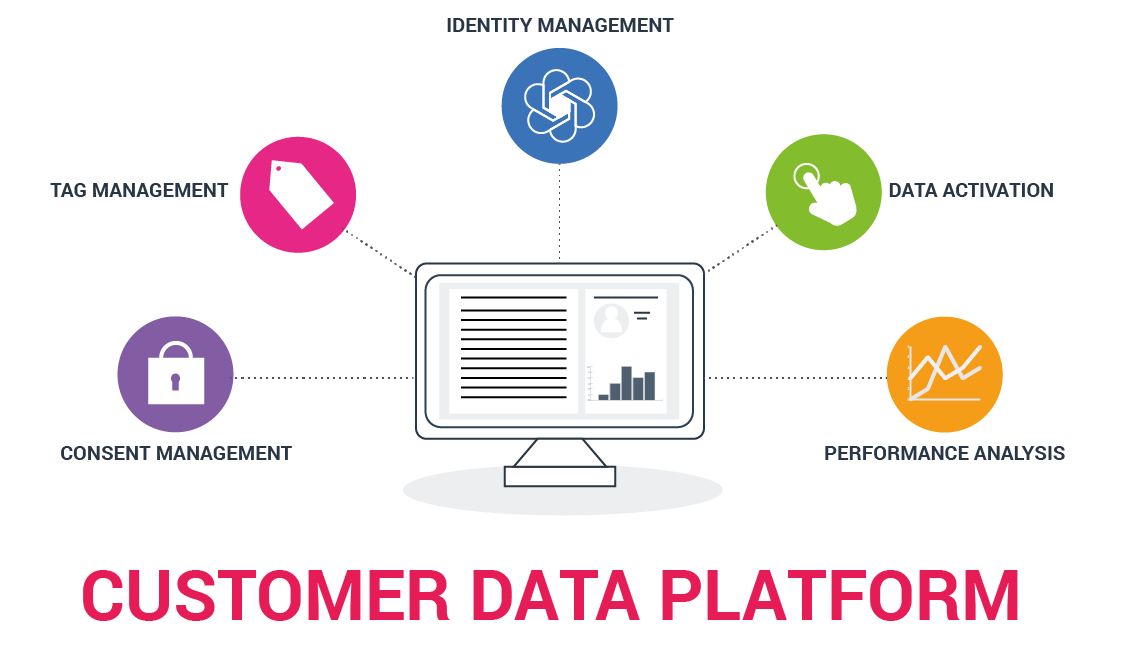
Customer Data Platform: Its Types, Importance and Need
With over half of the world’s population linked to the internet, we live in the golden era of the data-driven economy. More data than ever before are pouring into today’s businesses. Transactional data, demographic data, and almost unlimited behavioural data are all available. You’ve got data on everything from anonymous ad impressions to known client purchases, product usage, and customer service when you add it all together. Customer data is a subset of all of this information. This data is typically housed in silos, whether organizational or technical, making it challenging for businesses to deliver consistent user experiences across several channels and devices. The solution that we can think of for the same is the Customer Driven Platform(CDP).
CDPs provide a unique, holistic picture of consumers’ thinking n a world of a million customer touchpoints and interactions. Many individuals are unfamiliar with the word “CDP.” This article looks at the Customer Data Platform(CDP), including what makes it better than traditional systems and how it improves marketing efficiency.
What is a Customer Data Platform, and how is it defined?
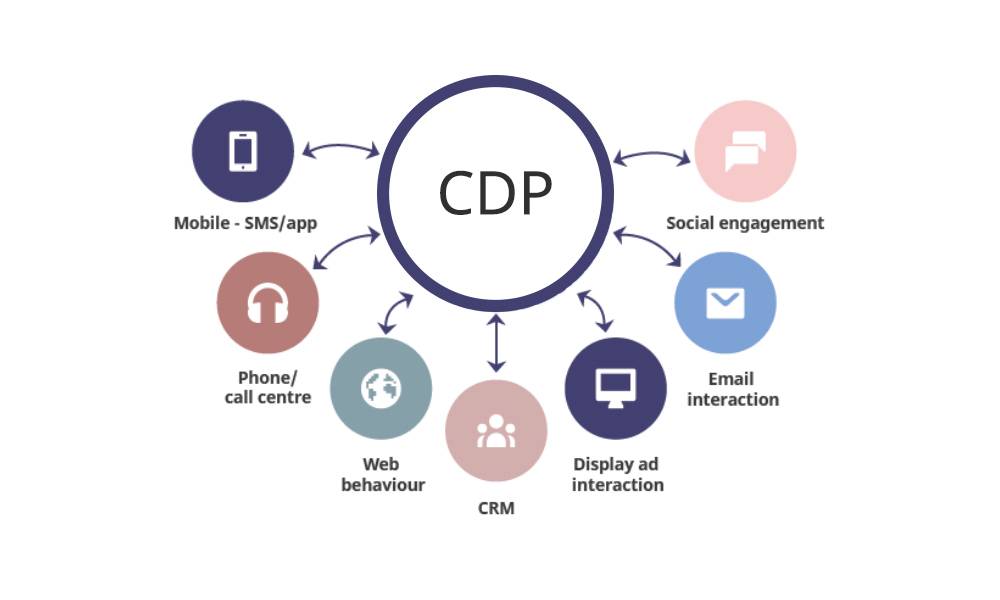
A customer data platform (CDP) is a packaged software that aggregates and organizes real-time customer data from different sources in order to provide a single, coherent, and comprehensive view of each customer.
Among the digital sources are:
- Behavioural data
Data such as activities performed on a website, through an application, or on other platforms such as live chat or virtual assistants, as well as the quantity, duration, and frequency of those interactions, are contained within these sources. - Transactional data
Includes information from e-commerce or point-of-sale systems, including consumer purchases and refunds. - Demographic data: Includes the customer’s name, birth date and address.
Illustrating the idea and purpose of a CDP
The simplest way to demonstrate this is to use an illustration. Assume a business is attempting to gain a more profound knowledge of its clients. Their CDP would collect data from contact points such as Facebook, the firm’s website, email, and wherever else a consumer may connect with the company. The CDP will compile all of these data points into a single, easy-to-understand customer profile, which it will then make available to other systems that may require it, such as Facebook’s ad platform.
This technique enables companies to know the target market better and generate more tailored marketing efforts. The business could quickly develop a primary audience for advertising based on everyone who has visited a given page on their website, as well as the live chat option. Alternatively, businesses might easily categorize and examine statistics on on-site users who have abandoned their shopping carts.
One of the ways businesses may build customized marketing efforts is by using this method. They rely on CDP based tools to assist them with these activities:
Gather and combine all first-party data

Many of the platforms that marketers employ, such as email, analytics, Customer relationship management, e-commerce, and social media sites, work in silos and don’t share data. A customer data platform aims to solve these problems by linking all marketing tools and serving as a single source of information for first-party customer data.
Attributes and audience development
Each client synthesizes data into features and audiences, including which users have shown the willingness and how that relates to broader account activity.
Customers’ data management
By overseeing data flows between multiple marketing platforms and managing permission, CDPs regulate first-party data, customer privacy, and data rights. In the GDPR and data security age, your company must actively manage permission and data flow and record that management.
Activation of customer data
You may take action on first-party users’ data once you’ve acquired permission to gather it and have unified and organized it into profiles.
CDP Uses a combination of tools in their stack to coordinate tailored, real-time outbound communications for their user and account-level audiences.
The capability of the CDP in terms of data collection are of the following ways. Using built-in connectors, SDKs, webhooks, and APIs, a customer data platform (also known as a consumer data platform) links to various systems and data sources across an organization. It accepts a wide range of data, including profile and real-time interaction data (behavioural, demographic, and transactional), campaign data, product data, customer support data, mobile, point-of-sale, marketing, device, IoT data, and more.
What is the significance of customer data?
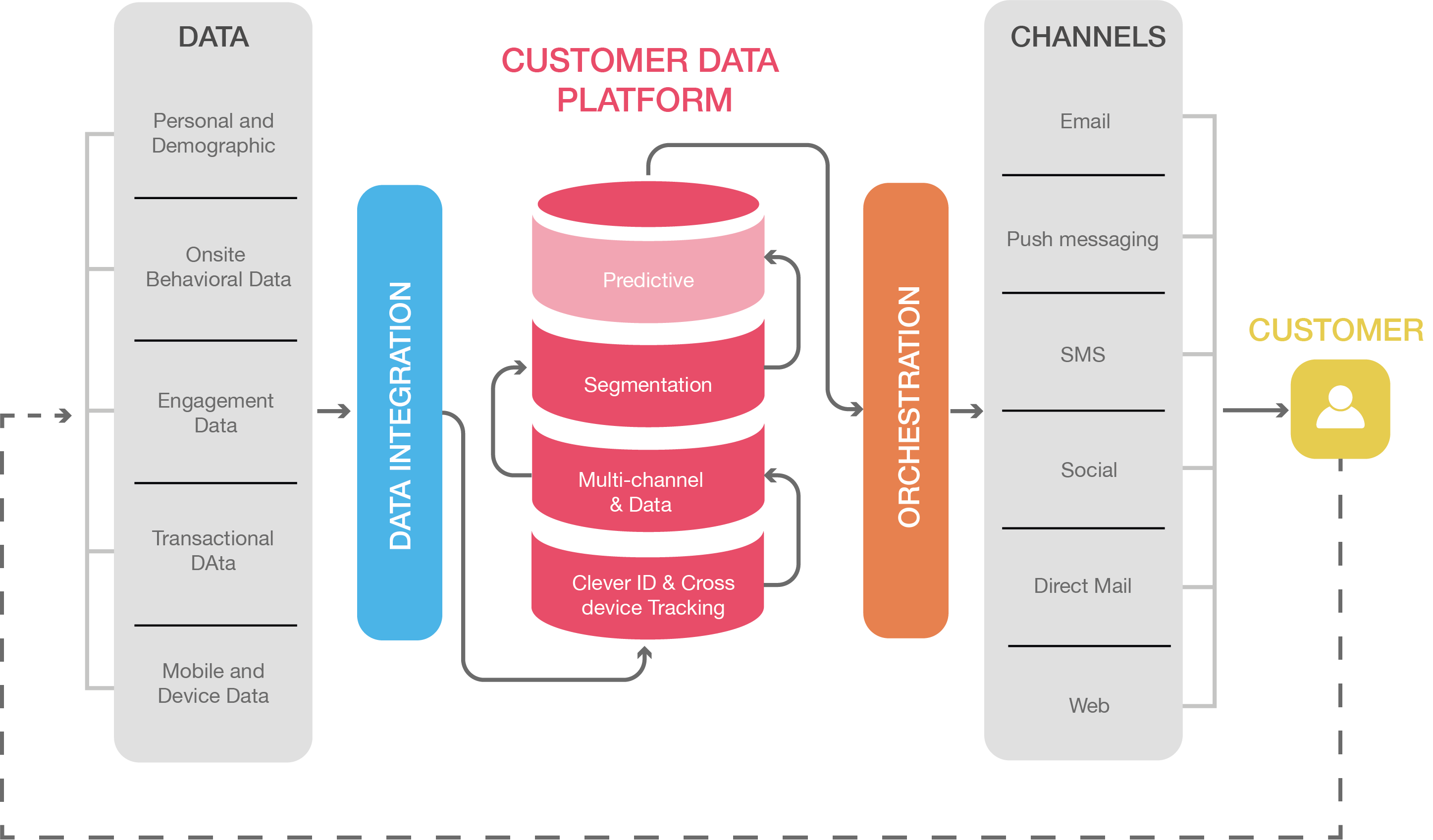
Customer Data Platforms assemble data from various sources to provide a single view of the customer. Customer data is available in different formats, including structured, unstructured, and semi-structured, and a CDP combines various sources to create a single customer profile. The CDP may collect raw, event-level data without predefined tables requiring schemaless ingestion. This speeds up the data collecting process while simultaneously conforming to data source changes.
Customers demand highly customized treatment everywhere after they’ve had it once. Regardless of the channel, you must give the same—or better—level of customer support to maintain their business. A customer data platform makes it feasible to have up-to-date, well-maintained, and accessible client data.
What role does a CDP play in securing consumer data?
A customer data platform (CDP) simplifies and unifies your customer data infrastructure as the data collector. If a user raises questions, you may instantly expose data by removing discrete user data sets. Assume that some consumers refuse to have their data stored or will only allow a little data to be stored. In that instance, you’ll need to quickly determine where specific data pieces are stored and how they’re exchanged within your network system.
Furthermore, CDPs allow you to communicate consent updates and only send data based on consent characteristics, ensuring that your company can enforce and comply with data laws and regulations.
What is the functionality of a customer data platform (CDP)?
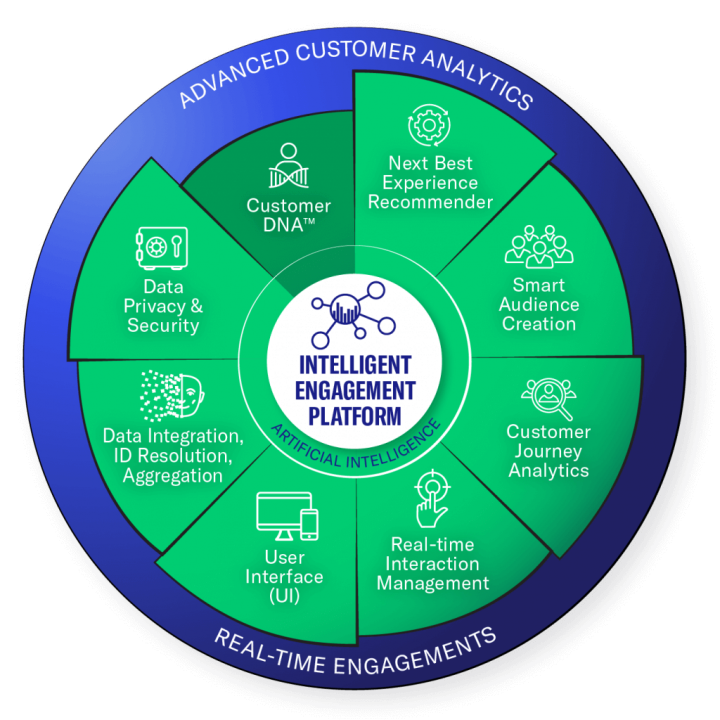
A CDP’s function is to collect massive data on its users, develop unified, unique profiles for them, and communicate with them effectively and personally across all touchpoints. Marketers may broaden their audience and match that new group to their “ideal” consumer with the correct data. To create an “ideal” consumer profile, a CDP must collect much information about the user. Marketers may build on that basis and reach out to additional potential clients.
The primary objective of a customer data platform
Customer data has grown critical to both business and marketing operations, which necessitates the creation of customer data platforms. During every interaction, customers leave bits and pieces of information and first-party data. A customer data platform (CDP) standardizes and turns data into a single, accurate, and consistent customer profile. The profile data is then reformatted to assist CRM, analytics marketing automation, A/B testing, content generation and customization, and social media outreach, among other things. However, this isn’t a “one-and-done” process. The customer data platform continues to absorb new data from numerous sources, ensuring that the history of customer interactions is constantly changing and going all the way.
What are the potential aspects Of Customer Data Platforms?
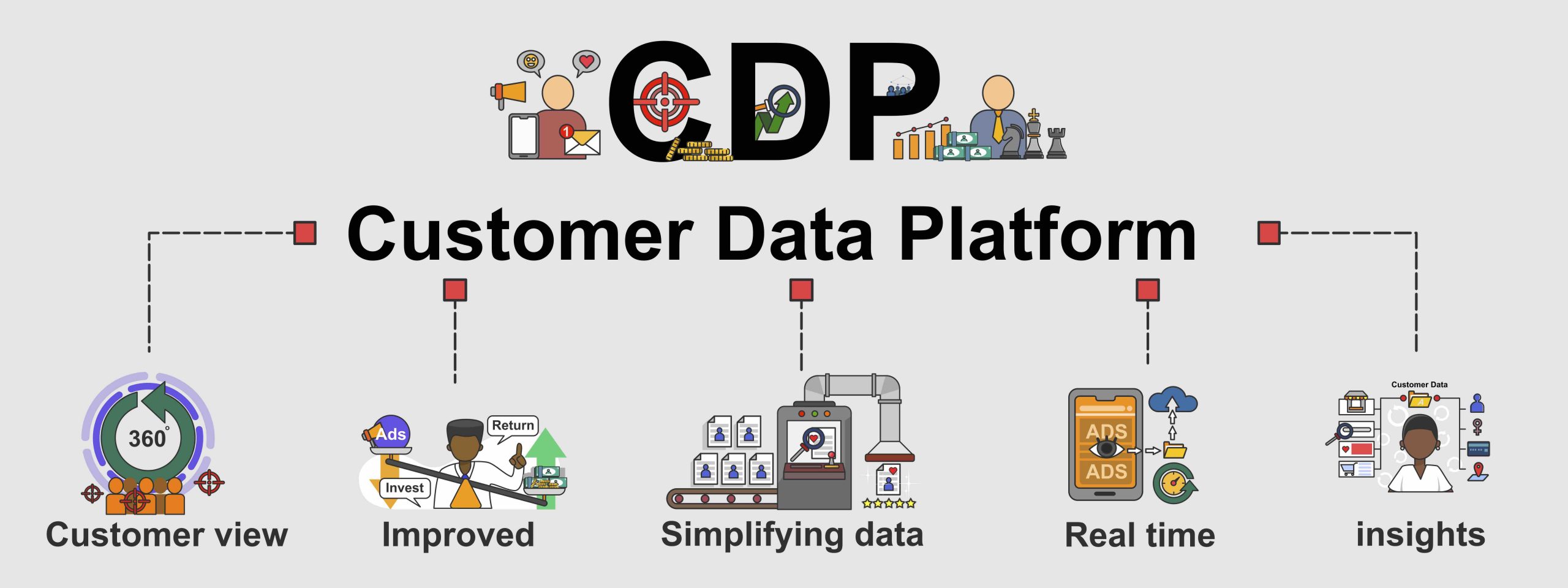
Customer Data Platforms help a company run more smoothly, increase customer interactions, and supplement your existing software and marketing activities. Here are a few of the most important reasons for having a CDP.
In a single view, you can see all of your customers’ data
Customer Data Platforms are designed to collect information from multiple sources, combine it to produce a holistic view of the customer through devices and channels, and then make it available to other systems. That consumer perspective may follow your business and existing customer base wherever they go.
Nimbleness or Being agile
A Customer Data Platform offers companies the ability to create and link a dynamic technology stack that can react to changing customer behaviour and technological trends. CDPs allow firms to collect data from anywhere and utilize it to improve user experiences by concentrating on the database.
Data Commodification
Customer data has a wide range of applications in every organization. Data availability is critical to the success of marketing, business analytics, customer service, and other functions. A customer data platform (CDP) offers unprecedented access to and use of customer data across organizational divisions and consumer touchpoints.
Improved Customer Satisfaction and Marketing
Customers interact with brands across more platforms and touchpoints than ever before, and they have lofty expectations for a seamless user experience. With a CDP in place, businesses have a holistic understanding of consumer behaviour that can be leveraged to deliver the best possible customer satisfaction while avoiding blind spots.
Deployment Effectiveness
Integration of point solutions and the setup of emerging technologies and tools used to be time-consuming and inefficient, as custom solutions are tough to sustain. CDPs concentrate on customer data and save hours of implementation activity by maintaining readymade interfaces.
With Modern Technology, CDP can optimize customers’ experience

Rising technology serves as an adhesive for a firm’s multiple platforms, record-keeping systems, or databases function as an intermediate, enabling real-time, intelligent interactions and generating a consolidated customer perspective driven by analytics, machine learning, and journey orchestration.
A CDP offers a single management point over data, decisions, and interactions when combined with customer engagement technologies. It enables enterprises to execute tailored customer journeys in an individualized context and cadence. It provides a single picture of each customer and analytics to identify the next-best actions and intelligent orchestration. This results in highly personalized, real-time experiences across all digital and analogue interfaces.
Let’s look at why Customer Data Platform (CDP) technology has the potential to revolutionize the game.
CDPs Data Analyzing Skill
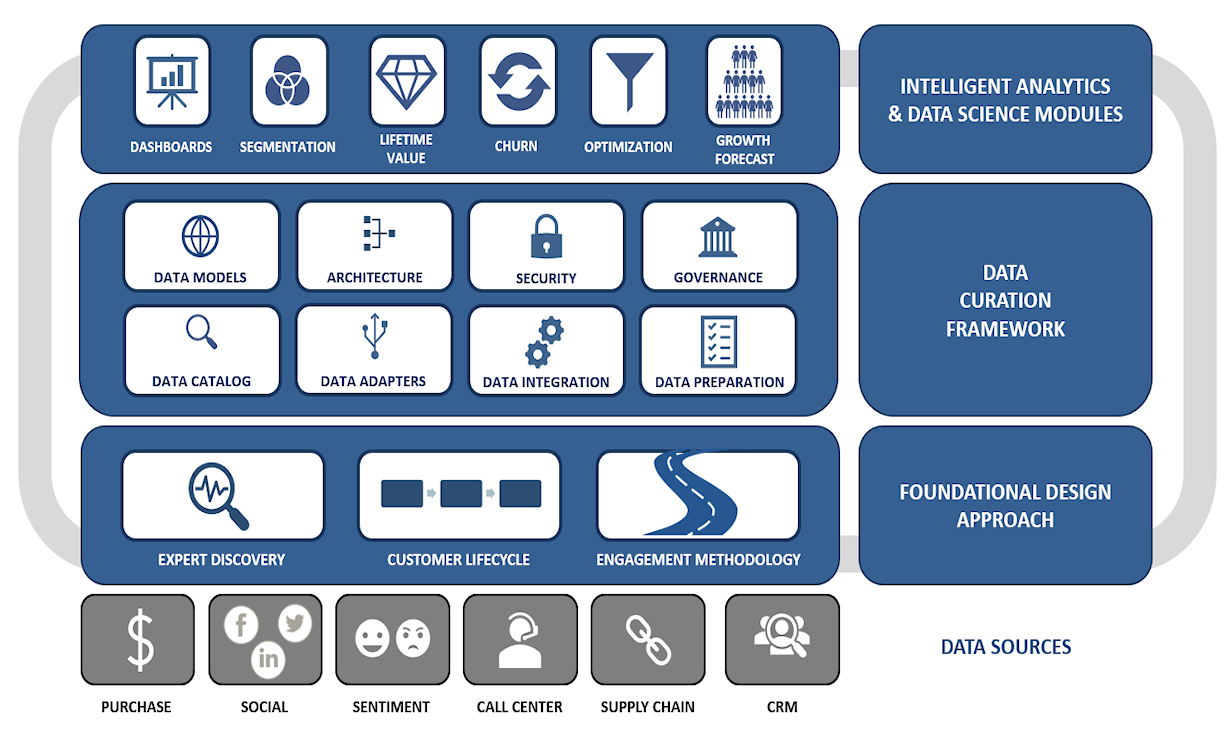
Customer data platform software may do more than just store customer data; it can analyze and niche consumer profiles using rules or machine learning, do predictive scoring and orchestrate journeys. Several consumer data platforms support machine learning (ML) and artificial intelligence (Artificial Intelligence) for enhanced predictive analytics. Furthermore, CDPs provide data visualization using various Business Intelligence tools with seamless interaction.
Marketing companies have access to large data sets that categorize customers based on their characteristics and actions. They can use a rule-based method to identify segments or predictive analytics to automate the process manually. They may also use journey orchestration to evaluate customer interactions across the customer journey and send the appropriate messages to the right people on the proper channels at the right time.
Content is essential, but it’s only as good as the information you have about the customers.
Personalized, relevant communications are most successful in engaging customers and elevating their experience. However, content is difficult to get right and maybe the biggest flaw of an omnichannel strategy is if it isn’t founded on reliable data. You can combine diverse systems and platforms to acquire essential insights into customers with a good CDP solution.
Companies that don’t have high-speed real-time capabilities may benefit significantly from CDP technology by using analytics and artificial intelligence to strategically forecast the subsequent best actions for their consumers and improve their journeys through visioning and orchestration. Thus, they may also use CDP to manage more complicated and more significant amounts of data and rely on IoT devices and other streaming channels to supplement their customer perspective and enable a complete range of digital interactions. They can boost client retention and lower the average cost of providing consumers by improving their digital convenience and personalization.
Technology is being reviewed
CDP solutions are increasingly establishing themselves as a distinct segment of the customer interaction market. Seek solutions that incorporate the following capabilitiesand help improve the effiiency while considering this technology:
Robust Platform with real-time aggregation engine and API access for touchpoint recognition. Real-time analytics with Predictive engine, A.I. studio and Machine learning. Personalization Engine, OmniChannel Optimization, and Real-Time Decisions are all possible with intelligent orchestration.
Wrapping Up
Any firm that wants to improve customer experiences and maintain operations functional and efficient should invest in a customer data platform. CDPs are vast and complex programmes. If utilized correctly, one may supply you with a plethora of information on your clientele. Then you may use what you’ve learned to improve your marketing, sales, and possibly even your product. A CDP may be the right choice for you if you’re ready to take the next step in trying to get to know your customers.
Customer Data Platforms provide the speed, precision, and consistency required to keep our organisations aligned, our marketing inspired, and our consumers engaged. Companies with a high volume of demand for customer interactions and those with various data silos should take a close look at these technologies and capabilities and the services that go with them. They are a crucial difference in the capacity to achieve success in omnichannel communication and enhancing the customer experience. They may be offered in various formats for a range of sectors. CDPs are here to stay, and they’re doing rather well for themselves.
